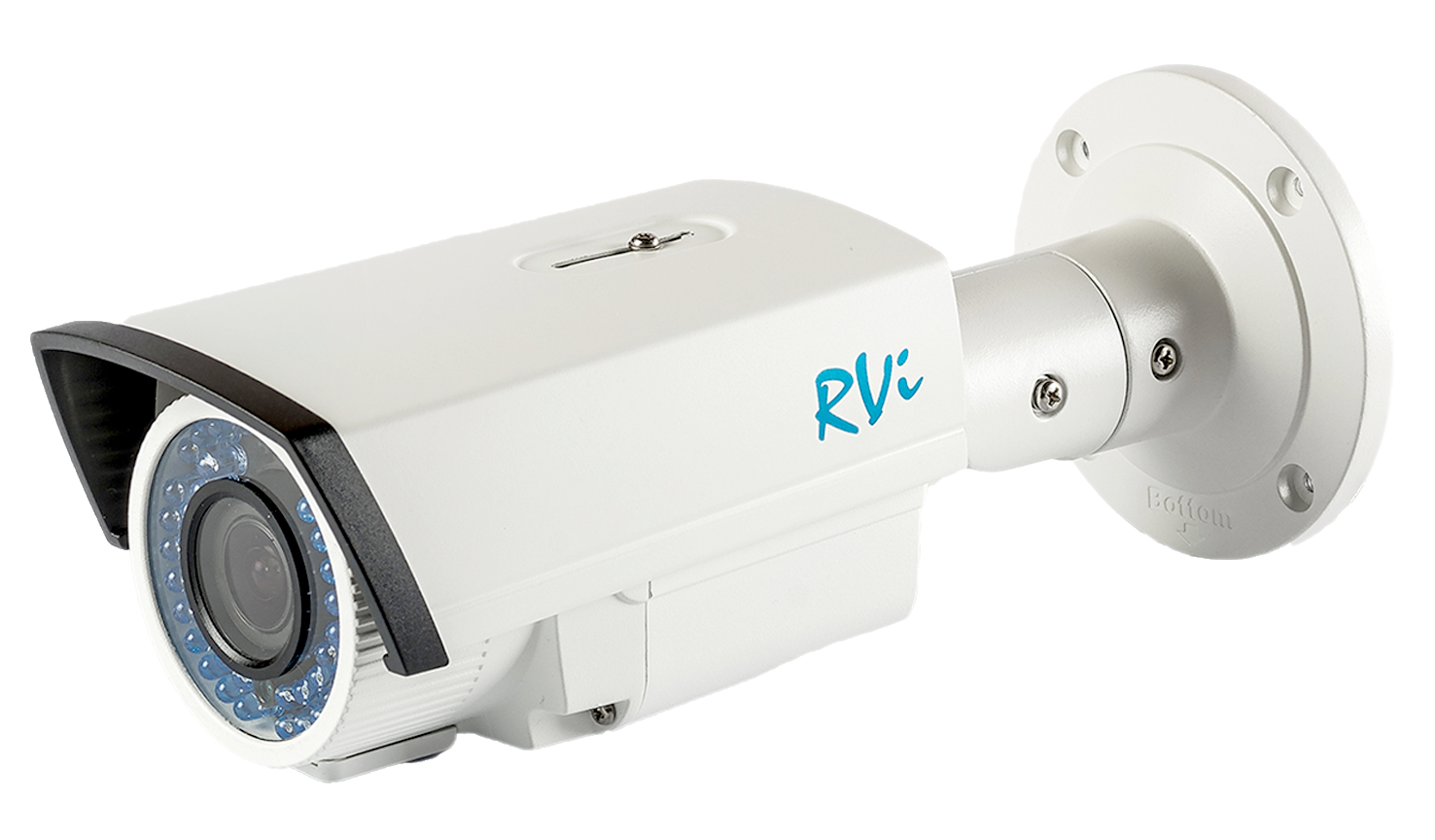
This image has format transparent PNG with resolution 1476x864.
You can download this image in best resolution from this page and use it for design and web design.
Closed-circuit television camera, CCTV PNG with transparent background you can download for free, just click on download button.
Closed-circuit television (CCTV), also known as video surveillance, is the use of closed-circuit television cameras to transmit a signal to a specific place on a limited set of monitors. It differs from broadcast television in that the signal is not openly transmitted, though it may employ point-to-point, point-to-multipoint (P2MP), or mesh wired or wireless links. Even though almost all video cameras fit this definition, the term is most often applied to those used for surveillance in areas that require additional security or ongoing monitoring (videotelephony is seldom called "CCTV").
The deployment of this technology has facilitated significant growth in state surveillance, a substantial rise in the methods of advanced social monitoring and control, and a host of crime prevention measures throughout the world. Though surveillance of the public using CCTV is common in many areas around the world, video surveillance has generated significant debate about balancing its use with individuals' right to privacy even when in public.
In industrial plants, CCTV equipment may be used to observe parts of a process from a central control room, especially if the environments observed are dangerous or inaccessible to humans. CCTV systems may operate continuously or only as required to monitor a particular event. A more advanced form of CCTV, using digital video recorders (DVRs), provides recording for possibly many years, with a variety of quality and performance options and extra features (such as motion detection and email alerts). More recently, decentralized IP cameras, perhaps equipped with megapixel sensors, support recording directly to network-attached storage devices or internal flash for stand-alone operation.
The earliest video surveillance systems involved constant monitoring because there was no way to record and store information. The development of reel-to-reel media enabled the recording of surveillance footage. These systems required magnetic tapes to be changed manually, with the operator having to manually thread the tape from the tape reel through the recorder onto a take-up reel. Due to these shortcomings, video surveillance was not widespread.
Later, videocassette recorder technology became available in the 1970s, making it easier to record and erase information, and the use of video surveillance became more common. During the 1990s, digital multiplexing was developed, allowing several cameras to record at once, as well as time lapse and motion-only recording. This saved time and money which then led to an increase in the use of CCTV. Recently, CCTV technology has been shifting towards Internet-based products and systems, and other technological developments.
In this page you can download free PNG images: Closed-circuit television camera PNG images, CCTV PNG